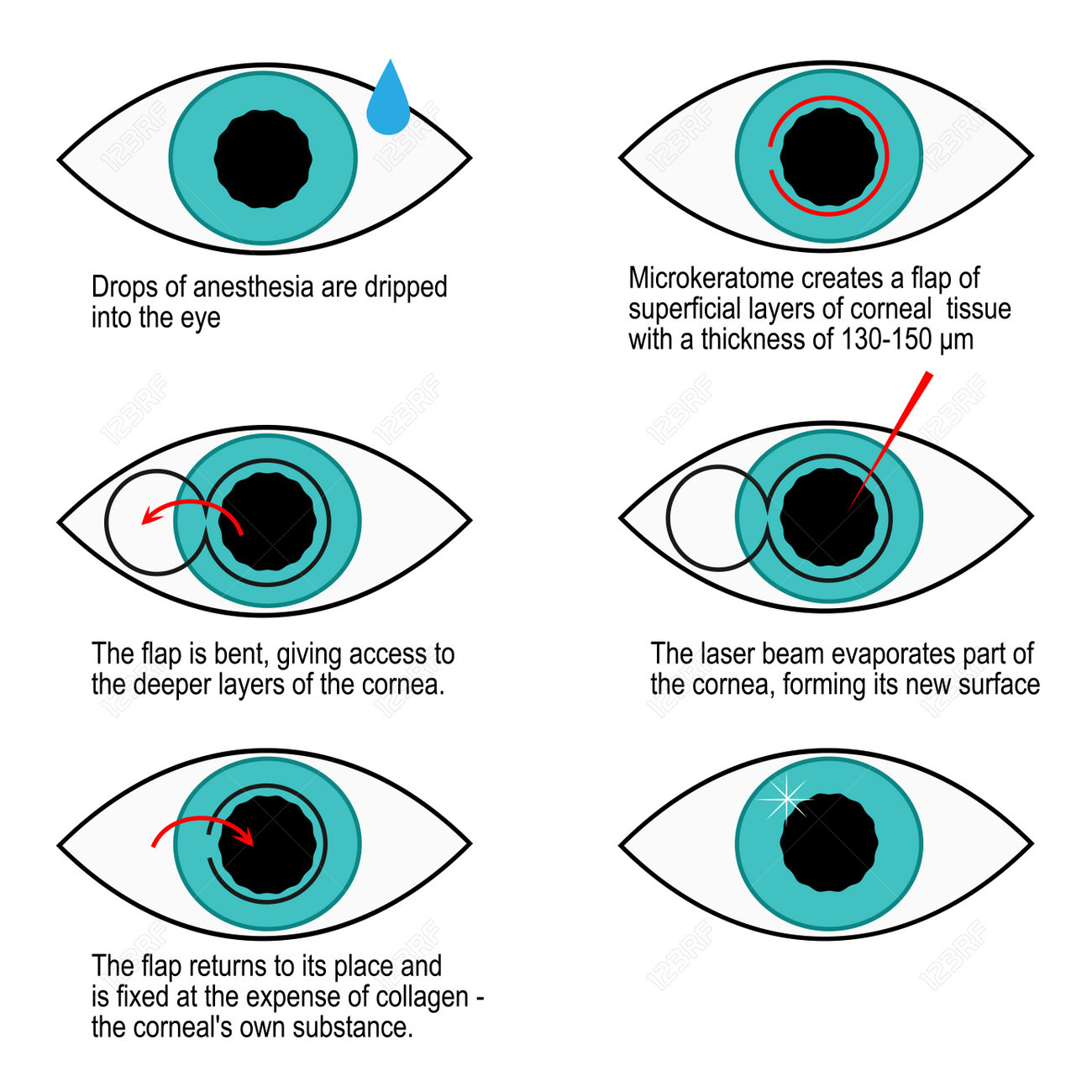An Evaluation Of Standard Cataract Surgical Treatment Versus Laser-Assisted Techniques: Advantages And Negative Aspects
An Evaluation Of Standard Cataract Surgical Treatment Versus Laser-Assisted Techniques: Advantages And Negative Aspects
Blog Article
Content Writer-Bruhn Lynn
When pondering the selection in between conventional cataract surgical procedure and laser-assisted techniques, you might find yourself weighing the benefits and disadvantages each method uses. The choice surpasses the surface area degree of expense and accuracy, diving right into the world of long-lasting outcomes and client satisfaction. As you browse via the intricacies of these 2 techniques, it comes to be crucial to understand the nuanced information that can dramatically impact your aesthetic clarity and overall experience. Stay tuned to reveal the crucial variables that will certainly lead your decision-making process in this essential aspect of eye treatment.
Typical Cataract Surgery Pros and Cons
When considering traditional cataract surgery, you might discover that it's a reputable and widely-used method. In this procedure, a cosmetic surgeon makes a little cut in the eye and utilizes ultrasound to separate the cloudy lens prior to removing it. When the cataract is gotten rid of, a synthetic lens is inserted to restore clear vision.
One of the major advantages of conventional cataract surgery is its track record of success. Many individuals have actually had their vision substantially improved via this treatment. Furthermore, conventional surgery is often covered by insurance policy, making it an extra accessible choice for several people.
However, there are some disadvantages to traditional cataract surgical treatment as well. Recovery time can be much longer contrasted to newer strategies, and there's a somewhat higher threat of complications such as infection or swelling. Some people may also experience astigmatism or require reading glasses post-surgery.
Laser-Assisted Techniques Benefits And Drawbacks
Checking out laser-assisted methods for cataract surgery reveals a contemporary method that utilizes laser modern technology to perform crucial action in the treatment. Among the primary advantages of laser-assisted cataract surgical procedure is its precision. The laser enables extremely accurate cuts, which can result in better aesthetic end results. Furthermore, the use of lasers can lower the quantity of ultrasound power required throughout the surgery, potentially decreasing the danger of problems such as corneal damage.
On the downside, laser-assisted methods can be much more pricey contrasted to traditional approaches. This cost mightn't be covered by insurance, making it much less accessible to some clients.
One more consideration is that not all cataract doctors are learnt laser technology, which could restrict your choices for choosing a surgeon.
Finally, while laser in cataract surgery can automate specific elements of the procedure, the surgery still requires a proficient cosmetic surgeon to make sure effective results.
Comparative Evaluation of Both Methods
For a thorough understanding of cataract surgical procedure techniques, it's vital to conduct a relative evaluation of both conventional and laser-assisted techniques.
Standard cataract surgical treatment entails manual cuts and the use of handheld tools to break up and eliminate the gloomy lens.
On the other hand, laser-assisted cataract surgery makes use of sophisticated technology to produce exact incisions and break up the cataract with laser energy before removing it.
In terms of precision, laser-assisted strategies use a higher level of precision contrasted to traditional approaches. Making use of lasers allows for personalization of the treatment based upon each person's eye makeup, possibly resulting in far better visual results.
Nonetheless, cataract surgery eye pressure -assisted cataract surgery has a tendency to be more pricey than typical surgical procedure, which might restrict ease of access for some clients.
While both methods work in restoring vision damaged by cataracts, the option between typical and laser-assisted strategies usually depends on factors such as price, precision, and private client requirements.
Consulting with your ophthalmologist can help establish the most appropriate approach for your cataract surgical treatment.
Conclusion
Finally, when deciding between typical cataract surgical treatment and laser-assisted methods, think about variables like expense, precision, and specific needs. Traditional surgical procedure supplies a proven track record and insurance policy coverage yet might include longer healing times. Laser-assisted methods offer greater precision and personalization but can be much more costly and not always covered by insurance policy. Inevitably, the option between the two techniques depends on what is most important to you and your specific situation.
